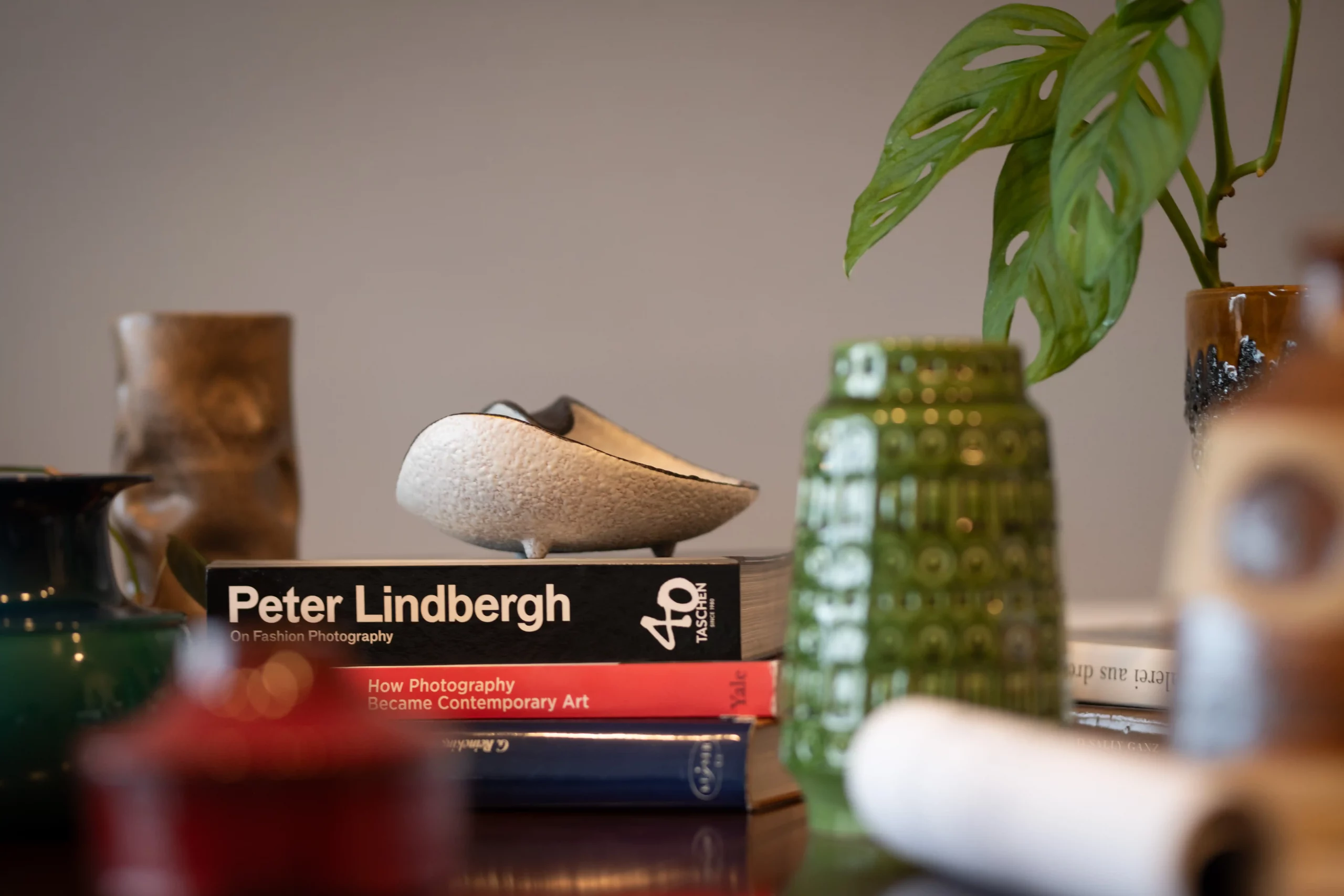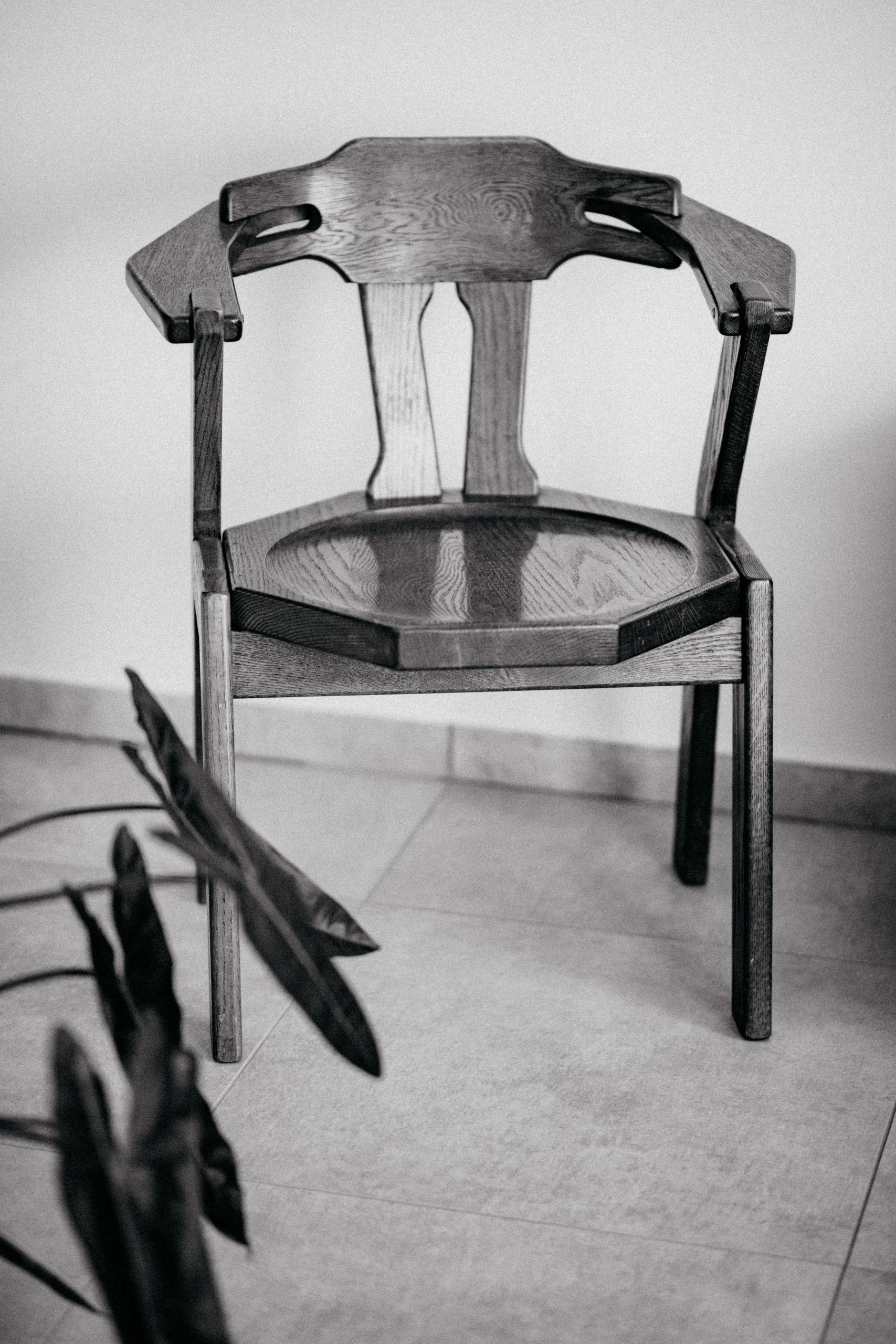Introduction
Ceramics has always carried a sense of timelessness. Clay, fire, water, and hands — the recipe hasn’t changed in thousands of years. But what has changed is how ceramics are seen in the world of art and design. Across Europe, a new wave of studio potters is reimagining the medium for the 21st century. They honor tradition while embracing innovation, producing works that resonate with collectors, interior designers, and everyday users.
Tradition Meets Experimentation
Unlike industrial ceramics, studio pottery has always been about the individual maker’s voice. Today’s European potters build on this foundation but push it further. They experiment with unusual glazes, sculptural forms, and mixed materials, blurring the lines between functional object and artwork.
Some revisit folk traditions, drawing on regional clays and firing techniques. Others look forward, using new technologies like 3D printing alongside hand-building. The result is a diverse, dynamic scene where no two approaches are the same.
Sustainability as a Core Value
In an era when sustainability is more than a buzzword, potters are embracing local and ethical materials. Scandinavian makers source clay from nearby landscapes. In Germany, some experiment with recycled clay bodies or ash glazes derived from waste materials.
This emphasis on sustainability resonates with a generation of collectors who want objects that are not only beautiful but also mindful of their environmental footprint.
The Role of Social Media
Instagram has become the modern kiln of visibility. Emerging potters no longer need galleries as gatekeepers; they can share their work directly with an international audience. A single viral post can launch a career.
This accessibility also reshapes how collectors discover and buy. Many commission directly from artists they follow, bypassing traditional markets. It’s a democratization of collecting that empowers both maker and buyer.
Regional Hotspots
- UK: Building on the legacy of Bernard Leach and Lucie Rie, British potters combine history with contemporary minimalism.
- Scandinavia: Makers here emphasize simplicity, muted palettes, and nature-inspired forms.
- Germany & Austria: Bold sculptural ceramics push pottery toward fine art, often exhibited in galleries.
- Eastern Europe: Younger potters explore folk patterns and earthy traditions, offering fresh voices in the scene.
Why Collectors Are Paying Attention
Collectors are drawn to this new wave for several reasons:
- Affordability: Emerging makers’ works are more accessible than blue-chip names.
- Originality: Each piece is unique, often small-batch or one-of-a-kind.
- Narrative: Buyers want stories behind their objects, and studio potters provide them.
The market reflects this attention. European ceramics fairs and contemporary design markets increasingly spotlight potters alongside furniture and art.
Beyond Function
Perhaps the most significant shift is that many new potters don’t prioritize function. A vessel may look like a vase but be intentionally sealed, making it purely sculptural. These works occupy the borderlands between design and art, attracting audiences from both worlds.
Conclusion
The new wave of European studio potters shows that ceramics is far from static. It’s a living medium, one that adapts to cultural shifts while staying rooted in timeless processes. Whether celebrated for sustainability, sculptural daring, or sheer beauty, these makers are proving that clay still has endless possibilities. For collectors and design enthusiasts, paying attention to this movement means catching the future of ceramics as it’s being shaped right now.




